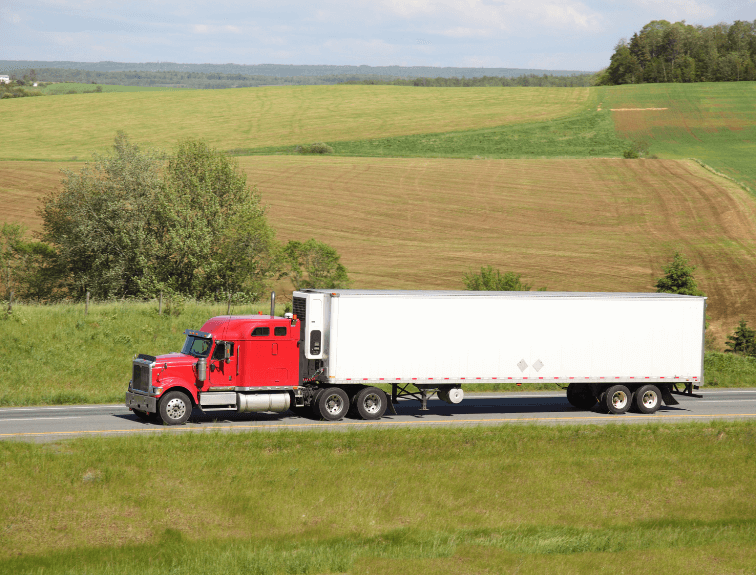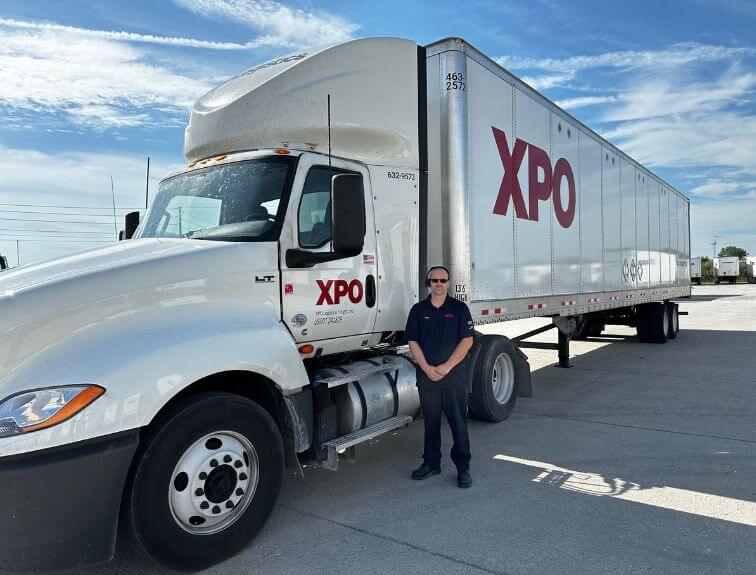Updated October 2024
Although medium and heavy-duty trucks make up only 10% of the vehicles on US roads, they are responsible for over 25% of greenhouse gas emissions from all vehicles. The U.S. Environmental Protection Agency (EPA) has been working diligently to create new standards for heavy-duty vehicles to reduce air pollution.
Approximately 72 million individuals are exposed to excessive air pollution daily due to highway systems being built through communities. Therefore, the EPA announced a three-phase Clean Trucks Plan in August 2021 that encompasses strict regulations for trucking. This is the strictest set of regulations yet, with goals to significantly reduce pollution, protect public health, and prevent further climate change.
In December 2022, the first rule of the Clean Trucks Plan was introduced, focusing on reducing emissions that form ozone and particulate matter. Beginning in 2027 all heavy-duty engines and vehicles will be required to follow these regulations.
The second rule was announced in March 2024, which focuses on light and medium-duty vehicles. This rule encompasses multiple types of emissions, such as greenhouse gas emissions and emissions that form smog and soot. These stricter regulations will also be in place in 2027 and onward.
The final phase, Greenhouse Gas Emissions Standards for Heavy-Duty Vehicles, was also announced in March 2024. This phase enforces stronger standards to reduce carbon emissions that accelerate climate change and smog that harms human health. The regulations apply to HD vocational vehicles (delivery trucks, school buses, etc.) and tractors. Manufacturers will have flexibility when choosing which operating technology they will employ in their vehicles. The EPA found this essential to include in the plan, as they wanted to ensure that manufacturers can choose the best technology for them and their customers, although many will most likely choose electric operating systems due to the growing popularity of this technology.
This Clean Trucks Plan aims to cut pollution from heavy-duty vehicles by 2032, however, the trucking industry has not responded in a positive manner. According to the ATA president and CEO Chris Spear, the goals set by the EPA are believed to be unattainable due to “the lack of charging infrastructure and restrictions on the power grid.” There are many options for zero-emission trucks, such as electric drivetrains, hydrogen fuel cells, and battery-power, but these options are much more expensive than traditional diesel vehicles. The EPA is working to dismiss the worries of manufacturing costs with the idea that reducing fuel and maintenance costs will decrease overall expenses. Many drivers also disagree with the EPA’s reassurance and “have denounced the rule as unrealistic and expensive.”
The EPA’s plan seems like it could positively impact slowing climate change and reducing emissions that affect many communities. Then again, to make this a reality, we must see significant technological advancements before 2027. With the trucking industry expanding quickly, the demand for new technology is becoming more pressing.
To learn more about the EPA’s Clean Truck Plan, visit their website here.




